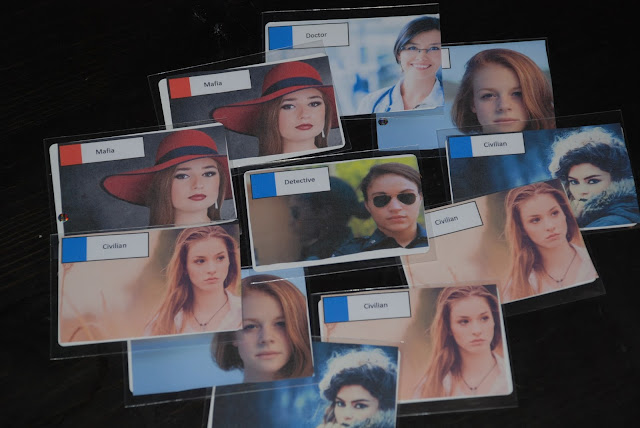3D Printing - Bendy, Detailed or Sturdy (Part 1)

With my first bee printed I had an abundance of questions and ideas. This 2-part post and the next post happened in parallel but I’ve tried to put some order on the chaos. I still find it difficult in 3D printing to find the line between the effect of the material used in the print and the effect of the printer. Both advance and change so much, it’s still hard to tell. The design changes are explained later so we will start with the materials. Check out the picture of the bee from the last post. This was my first successful bee and it was done in yellow PLA, probably one of the most popular materials for 3D printing. If you look closely you can see very thin horizontal lines in the body and jagged edges. The lines are because the printer prints in layers of plastic. The thickness between the lines is determined by the nozzle diameter. Better printers mean thinner gaps. This print had quite a fine nozzle diameter compa...






